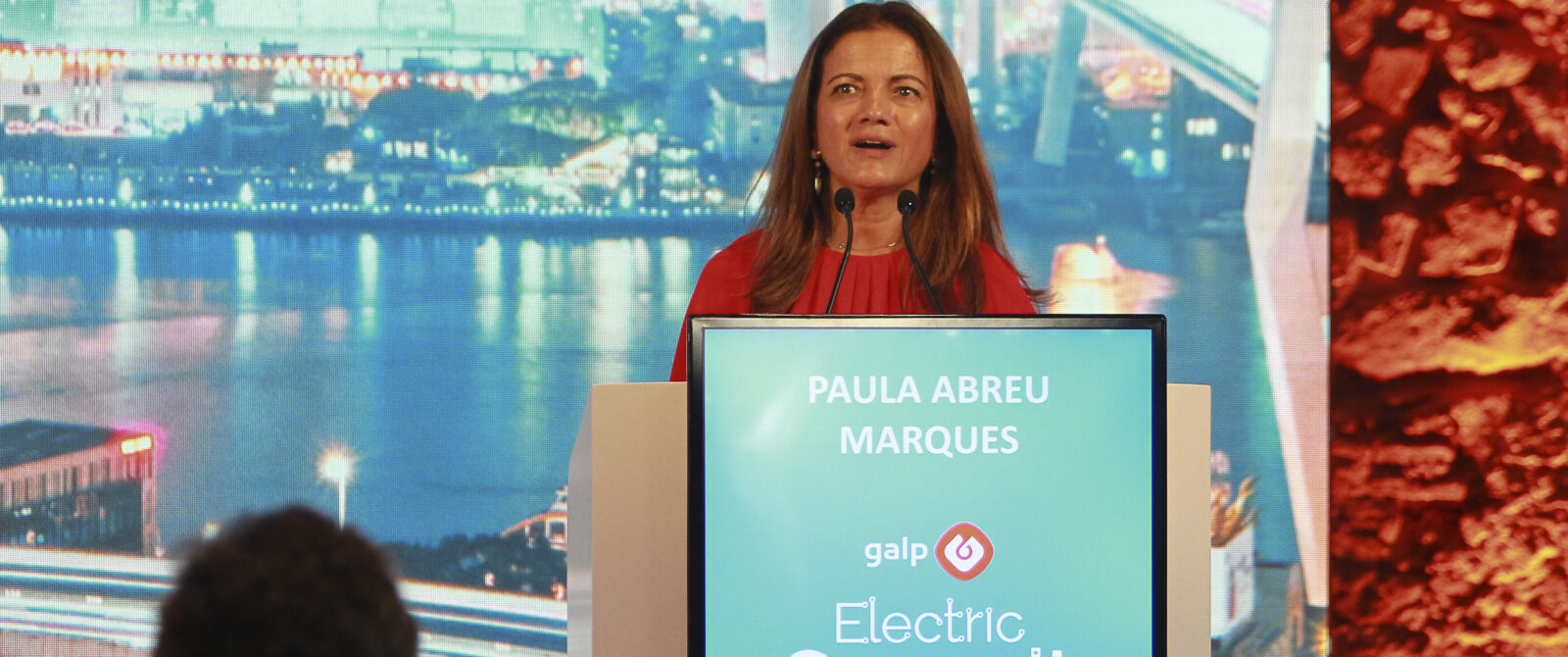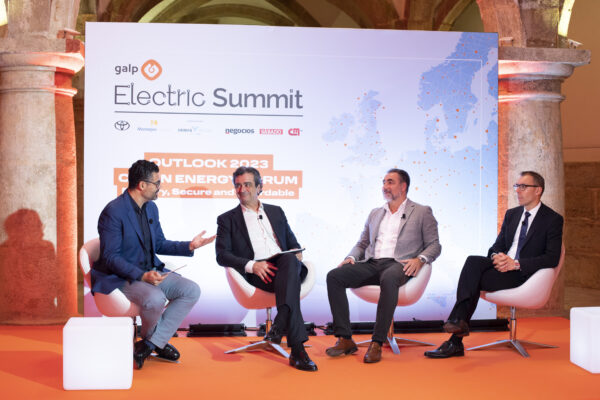“Solar energy could be the main source of electricity in the EU in 2030”
It’s full steam ahead towards energy transition for the European Union with its recently-launched REPowerEU programme. Sun, wind and hydrogen are at the core of this strategy, with solar rooftops to be implemented from 2025.
The war in Ukraine accelerated the energy transition which was already being implemented within the European Union (EU). As well as having to cut the use of fossil fuels as an energy source in order to fulfil the environmental goals set, the need to eliminate reliance on Russian gas has also hastened this transition, giving rise to the REPowerEU programme, which aims to increase energy efficiency and save energy, diversify gas sources to supply the EU and make the transition to renewable energies.
Paula Abreu Marques, the head of unit at the Directorate-General for the European Commission, spoke at the ‘Portugal Energy Conference’, an initiative organised by Negócios, Sábado and CMTV about the future of energy which took place on 8th June in Lisbon. She said, with regard to renewables, that “by 2030, wind and solar energy will rise from the current figure of 33% to 67% of power production. We feel that by 2030, solar energy could be the largest source of electricity in the EU, with more than half of this energy coming from rooftops.”
She continued that in order to meet energy challenges “using the full potential of solar will be key. There is a target that was put on the table, to reach 320 gigawatts by 2025 of solar energy and 600 gigawatts by 2030”, and highlighted that there will be a “legally-binding solar rooftop obligation for certain categories of buildings, to be rolled out gradually over the coming years, but starting now with new commercial and public buildings from 2025”. The REPowerEU programme aims to go beyond the target of 40% of energy consumption coming from renewables in 2030, as envisaged in the Fit For 55 programme. It proposes a target of 45%.
Nevertheless, “it is important to note that we will not put renewables deployment above environmental protection, but it will place both interests on equal footing”. In conformity with the REPowerEU programme and last May’s revised EU rules on renewable energies, Member States are obligated to mapping areas of land and sea which are suited to renewable energy projects. This means designating areas which are suitable for renewables (the so-called ‘go-to areas’) and avoiding areas of environmental interest.
In terms of transition, renewable gases are another pillar for the EU, with a focus on hydrogen. Paula Abreu Marques added, “It is our intention to strengthen industrial capacities and for this we use as a basis a declaration that the Commission signed with industry back in April. We propose the next steps to accelerate the European hydrogen backbone and will deliver a first map of infrastructure needs already at the beginning of next year.”
She also spoke about having an action plan to boost domestic biomethane production, with the establishment of an industrial alliance, similar to the one established for hydrogen. “More renewable electricity, more biomethane, and more hydrogen will help us to move away from Russian fossil fuels in the power sector but also in industry and transport”, and further, “all of the above has to be complemented by some ongoing and a few new infrastructure projects, which will cost around 210 billion euros by 2027, which is the indicative date to get rid of Russian fossil fuels”. It should be pointed out that this reliance stood at 40% in 2021 and was cut back to 26% in 2022.
In terms of diversifying gas sources, a joint purchasing mechanism is being drawn up, similar to that used for buying COVID-19 vaccines. The aim of this joint purchasing mechanism is to “leverage the power of the European market”.
Paula Abreu Marques also emphasised “the Iberian Peninsula’s potential to contribute towards the security of supply of the EU, both as a key entry point for LNG and as a powerhouse for renewables and renewable hydrogen.”
With these targets set and legislation approved, what is now needed is for industry to work towards developing all the existing potential. “We need European industry to be active and also to have the right skills available. We will have to expand our manufacturing capacities in Europe.”











